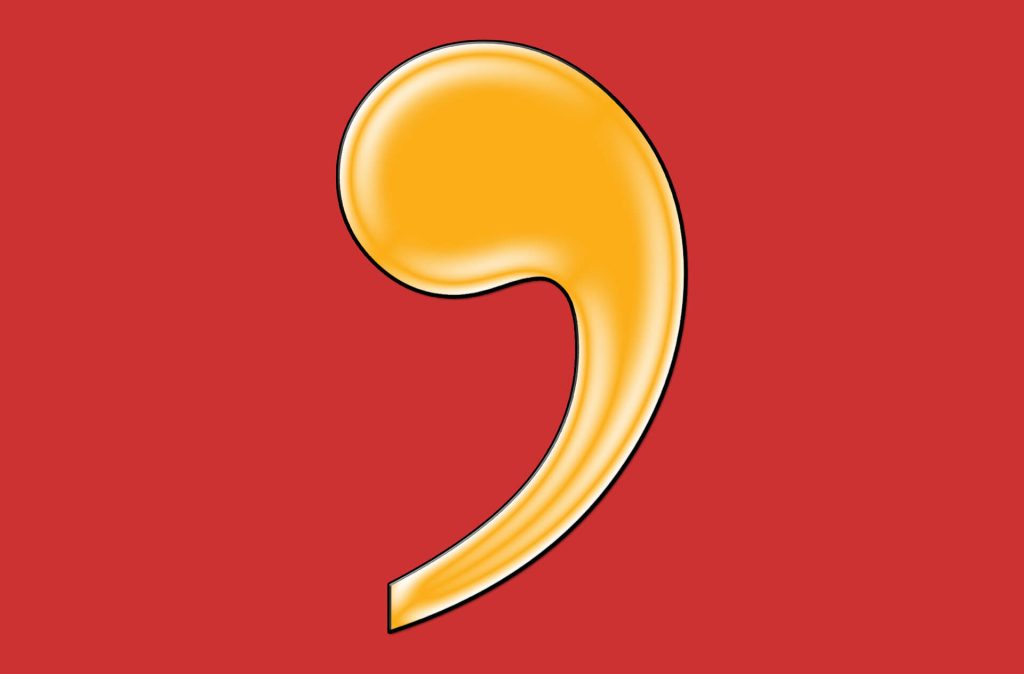UPDATED SEPTEMBER 23, 2023
This post has been inspired by Yoast
Yoast is a bot that sits at the bottom of my editing screen. And I hate it.
If you have a WordPress website, you might know what I’m talking about.
As I’m typing this, Yoast is judging my writing for readability and style. If it thinks I’m writing well, its face will be green and smiling. But if I do too many of the things it’s been programmed not to like, it will turn red and start scowling.
One of the things Yoast doesn’t like is passive voice. And it will always tell me I should be using active voice instead.
The problem is, Yoast doesn’t understand the difference between active and passive voice.
And therein lies the problem.
If you want to understand the difference, keep reading and I’ll explain everything.
Active voice and passive voice
Active voice and passive voice are both used to describe the way your sentences are written.
We’ll come to that shortly, but first let’s look at each one.
What is active voice?
Active voice is mainly used in informal communications, like content and fiction.
It sounds engaged and involved, which means it’s more likely to engage and involve your audience. It can also be clearer than passive voice — but not always.
What is passive voice?
Passive voice is most commonly used in formal communications — but is not restricted to formal communications.
It can sound detached and distant, which is why Yoast doesn’t like it. But there are times when passive voice is the correct option — even in informal communications.
Active voice and passive voice examples
To really appreciate the difference, you need to see it in action — so let’s look at some active voice and passive voice examples.
ACTIVE (PAST)
Our design team completed the project and delivered it on time.
PASSIVE (PAST)
The project was completed and delivered on time by our design team.
🔹🔸🔹
ACTIVE (PRESENT)
Nita, our marketing assistant, writes and publishes the blog.
PASSIVE (PRESENT)
The blog is written and published by Nita, our marketing assistant.
🔹🔸🔹
ACTIVE (FUTURE)
David understands the numbers and will write the report.
PASSIVE (FUTURE)
The report will be written by David, who has an understanding of the numbers.
🔹🔸🔹
See the difference?
How to recognise passive voice
The simplest way to spot passive voice in your own writing is to look at the way your sentences are written and identify two things:
- The doer, whoever or whatever that might be
- The thing that has been/is being/is going to be done.
In active voice, number 1 appears first in the sentence.
In passive voice, number 2 appears first in the sentence.
Passive voice example 1:
The goldfish bowl was knocked over.
This sentence doesn’t say who or what knocked the goldfish bowl over. When there’s no doer, the sentence is automatically passive.
Passive voice example 2:
The goldfish bowl was knocked over by the cat.
This sentence is also passive, because the thing that has been done (knocking over the goldfish bowl) comes before the doer (the cat).
Active example:
The cat knocked over the goldfish bowl.
To change a passive sentence to active voice, we need to rewrite it so the doer comes before the thing they’ve done. But that may not always be the right thing to do.
Is it wrong to use passive voice?
If you pay attention to Yoast, you might think passive voice is wrong in every scenario.
But what does Yoast know?
Yoast is a bot. It’s been programmed to flag all instances of passive voice as wrong because it can’t distinguish between correct and incorrect usage.
There are some occasions where passive voice may be a better option, so let’s look at those.
When passive voice might be better
1. When we don’t know who the doer is
You might use passive voice in situations where adding a doer to the sentence isn’t giving your reader any useful information.
Passive voice example:
The house had been robbed.
Active voice example:
Someone had robbed the house.
In this example, we don’t know who robbed the house, but it’s obvious that a person did it, so that goes without saying.
2. When the doer is obvious or has already been mentioned
Where it’s obvious who the doer is, mentioning them is an unnecessary detail.
Passive voice example:
The prisoner was escorted back to her cell.
Active voice example:
The prison warden escorted the prisoner back to her cell.
In this example, we can presume the prison warden has already been mentioned. And it would be their job to escort the prisoner back to her cell. So this detail is extraneous and unnecessary.
3. When the doer is not important
When the doer is of no significance and doesn’t help your readers understand the story.
Passive voice example:
Mike had been dropped off.
Active voice example:
Someone had dropped Mike off.
In this example, we’re talking about how Mike came to be there. Whoever dropped him off doesn’t matter because that person isn’t part of the story.
4. When the doers are multiple non-specific people
When the doers could be anyone, mentioning who they are adds no information or value.
Passive voice example:
The files can be downloaded from the website.
Active voice example:
Anyone can download the files from the website.
In this example anyone can download the files, so we can’t be specific.
5. When the thing that’s been done is more important
Sometimes the thing that’s been done is more important than who or what did it.
Passive voice example:
Lucy’s charred furniture had been damaged in a house fire.
Active voice example:
A house fire had damaged Lucy’s furniture.
In this example, the charred furniture is more important to the story than the fire, so we lead with that.
6. When active voice just doesn’t sound right
Sometimes the active voice option isn’t the way we would normally phrase something.
Passive voice example:
The pasta dish is topped with grated parmesan.
Active voice example:
Grated parmesan tops the pasta dish.
In this example, the passive voice version is how we would naturally phrase the sentence and the active voice version sounds odd.
Yoast is a guide — not a guru!
As I’m writing this article, Yoast’s readability face is now red and scowling.
This happens to me far more than you might expect. It’s not because I’m a bad writer — I make my living writing words — but because it’s not sophisticated enough to fully understand how English language works.
By all means use it as a guide, but use your own common sense, too!
You might also like…



About the author
I’m Jenny Lucas, a freelance copywriter and content writer, based in Leicester UK.
I specialise in conceptual copywriting for creative projects, SEO copywriting for the web, and blog content.
You can find out more about me and the work I do on my main website.

